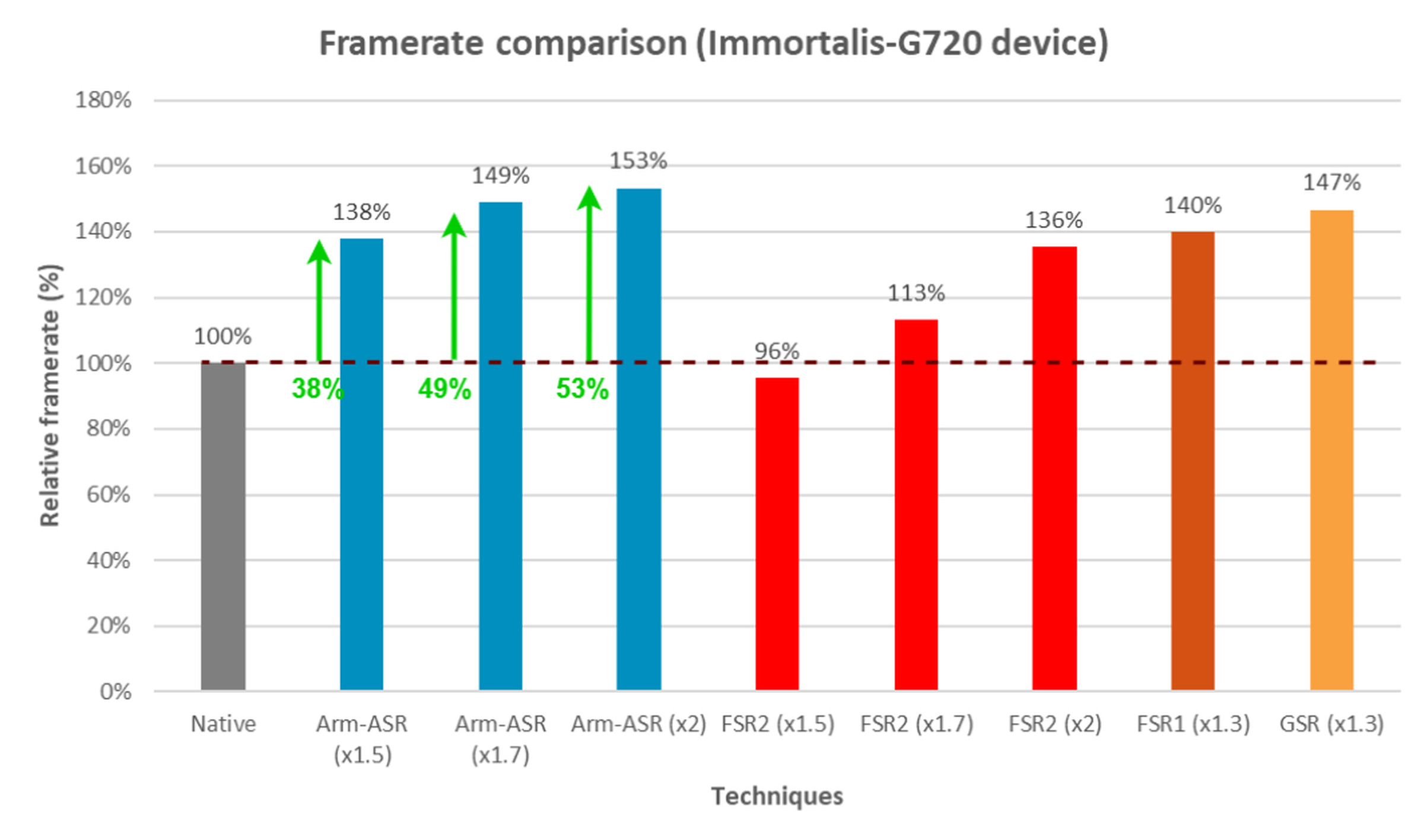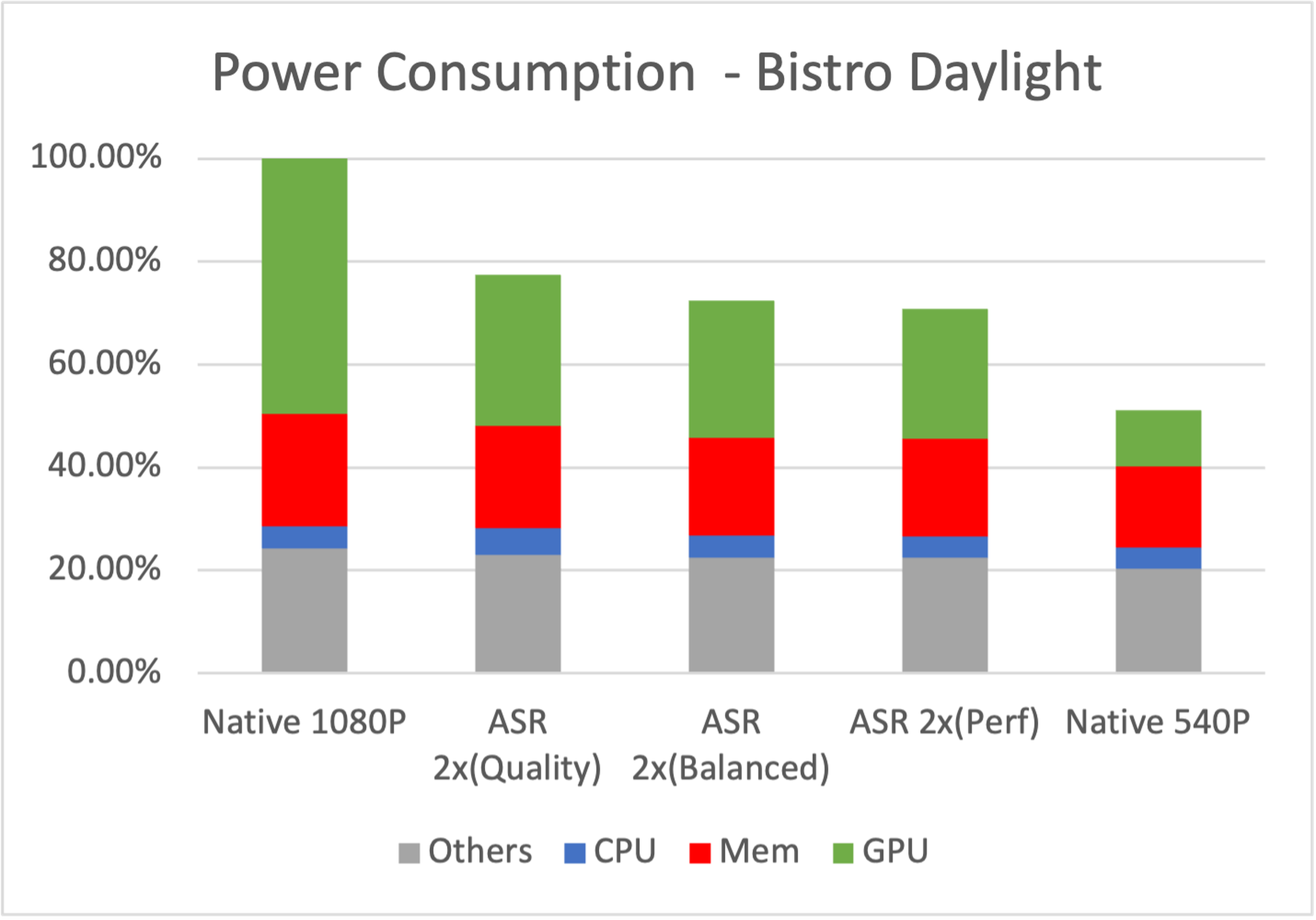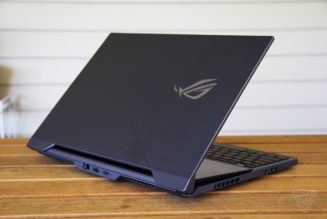Arm’s Accuracy Super Resolution lets phones run games at higher frame rates using less power.
Share this story

Arm is launching its own upscaler for mobile gaming. The chip designer says its Arm Accuracy Super Resolution (ASR) can make games look better, while lowering power consumption on your phone. It’s also making the upscaling technology available to developers under an MIT open-source license.
Arm based its technology on AMD’s FidelityFX Super Resolution 2 (FSR 2), which uses temporal upscaling to make PC games look better and boost frame rates. Unlike spatial upscaling, which upscales an image based on a single frame, temporal upscaling involves using multiple frames to generate a higher-quality image.
Upscaling is especially useful for lower-powered graphics cards that couldn’t otherwise run a game at playable frame rates. AMD FSR, Nvidia DLSS, and Intel XeSS are all upscalers that work on desktop and laptop GPUs. Arm ASR is one of the few that will work on mobile phones, which could have a major impact on battery life.


You can see just how Arm ASR stacks up to AMD’s FSR 2 and Qualcomm’sGSR tech in the above chart created by Arm. Arm claims ASR produced 53 percent higher frame rates than rendering at native resolution on a device with an Arm Immortalis-G720 GPU and 2800 x 1260 display, beating AMD FSR 2.
It also tested ASR on a device using MediaTek’s Dimensity 9300 chip and found that rendering at 540p and upscaling with ASR used much less power than running a game at native 1080p resolution.


With Arm-based processors powering Copilot Plus PCs from companies like Microsoft, Dell, Lenovo, and Samsung, we could eventually see Arm’s lightweight ASR upscaler make its way to laptops, too. These laptops already have Microsoft’s new Automatic Super Resolution, which is exclusive to Snapdragon X chips, but Microsoft is working on another upscaling solution for a broader range of Windows devices.









